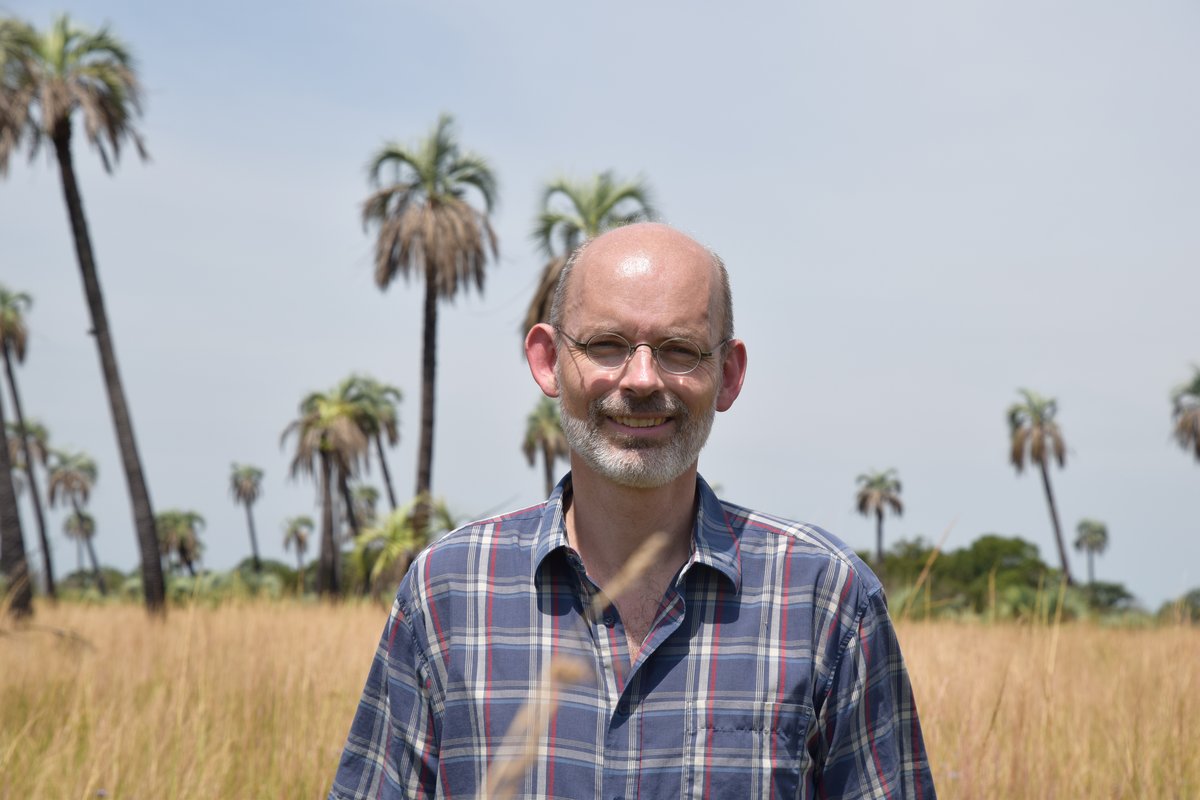With an injection of DKK 40 million (around EUR 5.3 million), the Villum Foundation made it possible to establish a centre at Aarhus University in 2017. The Center for Biodiversity Dynamics in a Changing World (BIOCHANGE) was established to find solutions to what has been called a global biodiversity crisis.

Elephants, capybara, palm trees and trees. These are some of the organisms that an entire centre at Aarhus University is keeping an eye on. The Center for Biodiversity Dynamics in a Changing World (BIOCHANGE) was established to research into biodiversity.
- We want to investigate how we can preserve biodiversity on our ever-changing planet. The global population is growing, the climate is changing, and this is putting biodiversity under great pressure. Things are related, and the changes mean we’re losing biological diversity, explains Professor Jens-Christian Svenning, center director at BIOCHANGE.
When BIOCHANGE became a reality in 2017, it was because of a massive investment from VILLUM FONDEN. The money has been earmarked for an overall research theme, but it is otherwise free funding, and constitutes a major financial input to the researchers' study of biodiversity.
- The grant is the reason why we have a centre where we can bring brains and forces together for the project. We can do a lot individually, but we can do even more together, and this centre provides us with a good framework for intensive collaboration, explains the center director.
Much of the equipment and data used in research at the center already exists or is relatively inexpensive to get hold of. On the other hand, it is crucial to be able to recruit talented young researchers for the project. For this reason, a large proportion of the huge funding will be spent on salaries, extra equipment, experimental trials and field collection of supplementary data.
In order to get closer to a solution to the biodiversity crisis, BIOCHANGE will have to investigate several aspects of nature and wildlife. Among other things, this is through field work in Argentina, China and Denmark under various projects and research groups.
But even though the focal point is the crisis in nature, much of the work takes place in front of computers.
- We’re often outside in nature collecting data, but we probably spend around 85% of our research time in front of our computers processing and analysing large amounts of data and developing models, says Jens-Christian Svenning.
The researchers at the centre are, of course, not the only researchers in the world researching biodiversity. Jens-Christian Svenning estimates that globally there are more than a hundred possible partners from universities and companies. Despite the major international focus, the Aarhus center is one of the world’s leading research centers.
- The grant from VILLUM FONDEN provides an extremely good framework. Not many of our colleagues in the rest of the world have so many free resources, and this means that they do not have the same capacity. We have this capacity, and we can afford to recruit the best talent - in addition to those who already work here - and conduct a lot of research. So without hesitation, I can say that we’re at the forefront of this field, says the center director.
The strong vote of confidence from the foundation also means a lot to those working on biodiversity issues.
- Working under conditions built on so much trust is perfect for researchers. It's incredibly liberating, and it means that we can change direction during the process if we encounter a dead end. This is not possible if funding is earmarked for something specific, and this can hinder the progress of research, he explains.
The DKK 40 million has been granted for six years of research. This means that Jens-Christian Svenning and his colleagues have until 2023, and they have already come a long way.
- We’ve collected data, analysed and published results in the first two years, and we’ve already achieved many important results. Everything’s gone well so far, explains the center director.
However, it is by no means realistic that the team at BIOCHANGE alone can solve the biodiversity crisis, explains Jens-Christian Svenning.
- When the six years of BIOCHANGE are up, I expect that we’ll have gained important, new insight into the biodiversity crisis and that we’ll have come up with possible solutions to the challenges. We’ll be able to say more about the consequences of climate change and other pressures, and we’ll have a better understanding of possible solutions. We want to make a difference, and I expect that some of the knowledge we've built up within this timeframe will have come into play in specific solutions out there, he says.